Asia
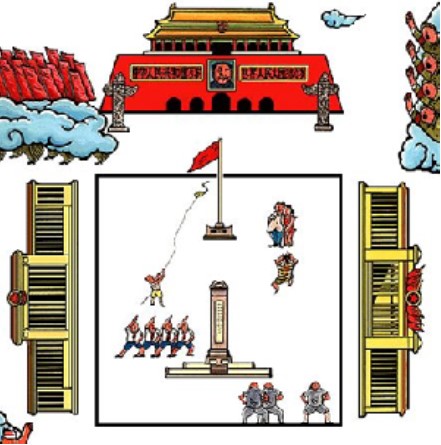
The Gate of Heavenly Peace
In general, this website is strongest in fulfilling its original purpose—providing supplementary materials and information for an excellent documentary.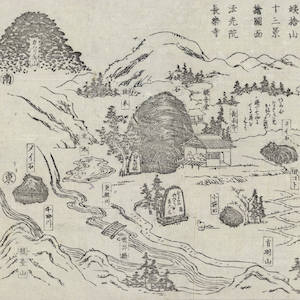
Japanese Historical Maps
This collection contains high quality digital reproductions of roughly 100 historical maps produced in Japan from the 17th century to the 20th century.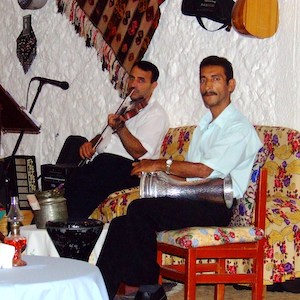
Uysal-Walker Archive of Turkish Oral Narrative
By collecting and translating these folktales, the three interviewers preserved many oral traditions that may have otherwise been lost in the dynamism of a changing, 21st-century Turkey.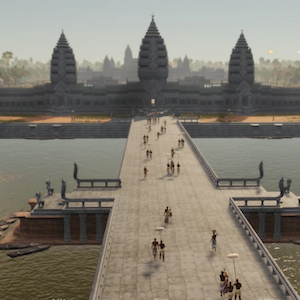
Virtual Angkor
The curated videos alone would be an engaging resource for teaching the history of Angkor, but the site goes further by providing three well designed teaching modules that make use of the sites' resources to explore scholarly themes.
Sejarah Nusantara
The Sejarah Nusantara represents an invaluable digital archive for international researchers studying the history of Indonesia and maritime Southeast Asia.
Long Teaching Module: Bhakti Poets
This teaching module outlines the Bhakti Movement - a Hindu religious movement originating in the 6th century CE that was inspired by a number of prominent women poets.
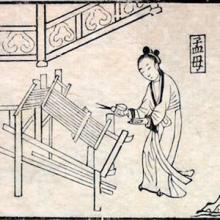
Long Teaching Module: Children in Ancient China
The unprecedented interest in the child who assumed unique importance in the Han period was set into motion by a convergence of historically-specific conditions: (1) the establishment in the Qin dynasty (221-207 BCE) and the further development in Han times (206 BCE-220 CE) of a merit-based civil

The Spanish-American War in Motion Pictures
The collection calls attention to the way in which the emergence of the American Empire coincided with—and was in important ways shaped by—the birth of the cinema.Long Teaching Module: Children in Late Imperial China, 900-1930
An exploration of primary sources on childhood in late imperial China (framed broadly as the Song through Qing dynasties, ca. 960-1911 CE) offers a window into lived experience and the diverse ways in which childhood itself could be imagined and articulated.
Long Teaching Module: Educational Reform in Japan (19th c.)
Soon after overthrowing the Tokugawa government in 1868, the new Meiji leaders set out ambitiously to build a modern nation-state. Among the earliest and most radical of the Meiji reforms was a plan for a centralized, compulsory educational system, modeled after those in Europe and America.